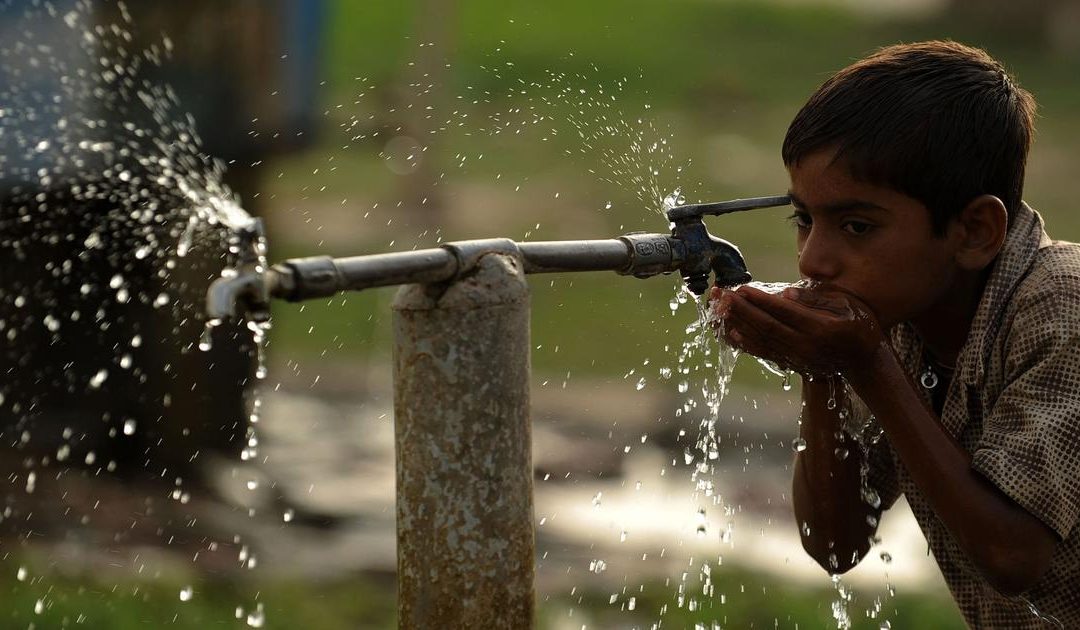However, the actual toll is likely higher as the data compiled by the National Centre for Disease Control (NCDC) does not include the most recent submissions from states.
Between March 1 and June 20, there were 143 reported deaths due to the prolonged heat wave affecting much of the country, with 41,789 people suffering from suspected heatstroke, as per the NCDC’s National Heat-Related Illness and Death Surveillance. The actual numbers are likely higher due to incomplete data from several states and health facilities.
Here are the latest updates on heat wave-related deaths:
- On June 20 alone, there were 14 confirmed deaths due to heatstroke and nine suspected heatstroke fatalities, raising the toll from 114 to 143 for the March-June period.
- Uttar Pradesh is the worst-affected state with 35 casualties, followed by Delhi (21), and Bihar and Rajasthan (17 each).
- It is estimated that temperatures in Delhi may have caused at least 100 additional fatalities, including 40 cases recorded at the Deen Dayal Upadhyay Hospital (DDU), pending autopsy confirmation.
- Officials in Gautam Buddh Nagar reported receiving at least 75 bodies for post-mortem from June 18 to 20, compared to the daily average of around seven or eight bodies.
- Gautam Buddh Nagar’s Chief Medical Officer, Dr. Suneel Kumar Sharma, noted an unexpected increase in post-mortem cases, with 28 bodies received on June 18, 25 on June 19, and 22 by the evening of June 20.
- Of these bodies, 20 were received as ‘brought dead,’ and 10 were ‘unidentified.’
- Union Health Minister Jagat Prakash Nadda has directed officials to visit Central government-run health facilities to assess the number of heatstroke-related deaths over the past few days.
- Nadda also instructed officials to ensure hospitals are prepared to provide the best treatment to those affected by the heat wave as he reviewed the situation and hospital preparedness nationwide.
- The health ministry has advised state health departments on the Union health minister’s directions.
- The advisory states that the country may experience above-normal seasonal maximum temperatures, and health departments must ensure preparedness and timely response to reduce the health impacts of extreme heat.





